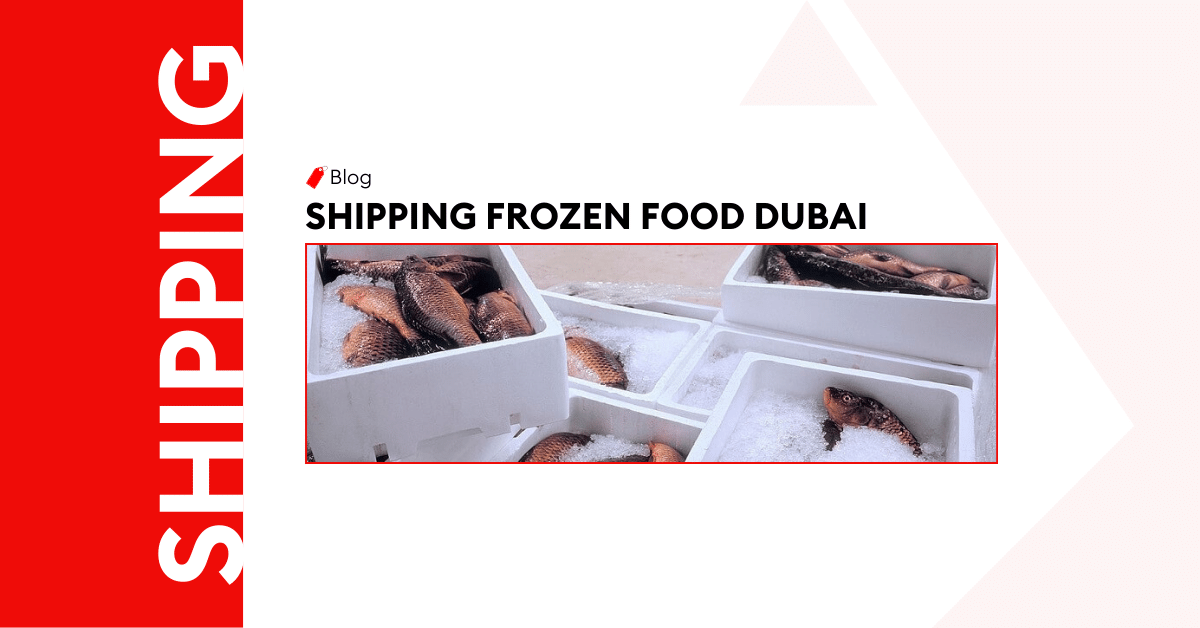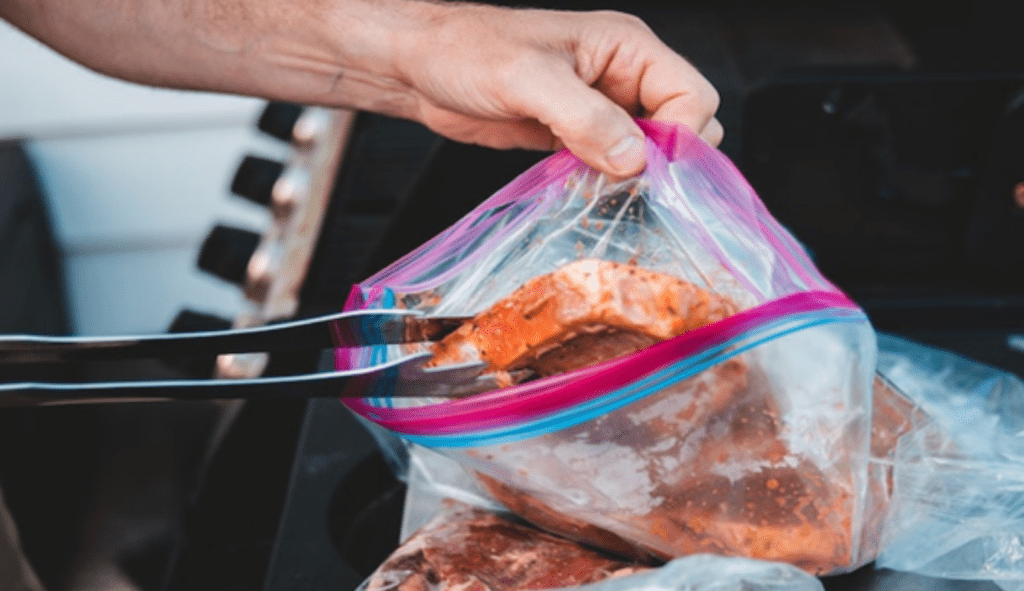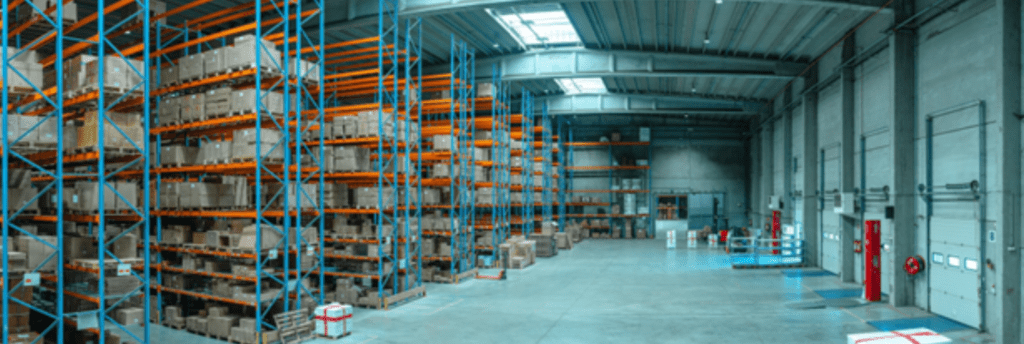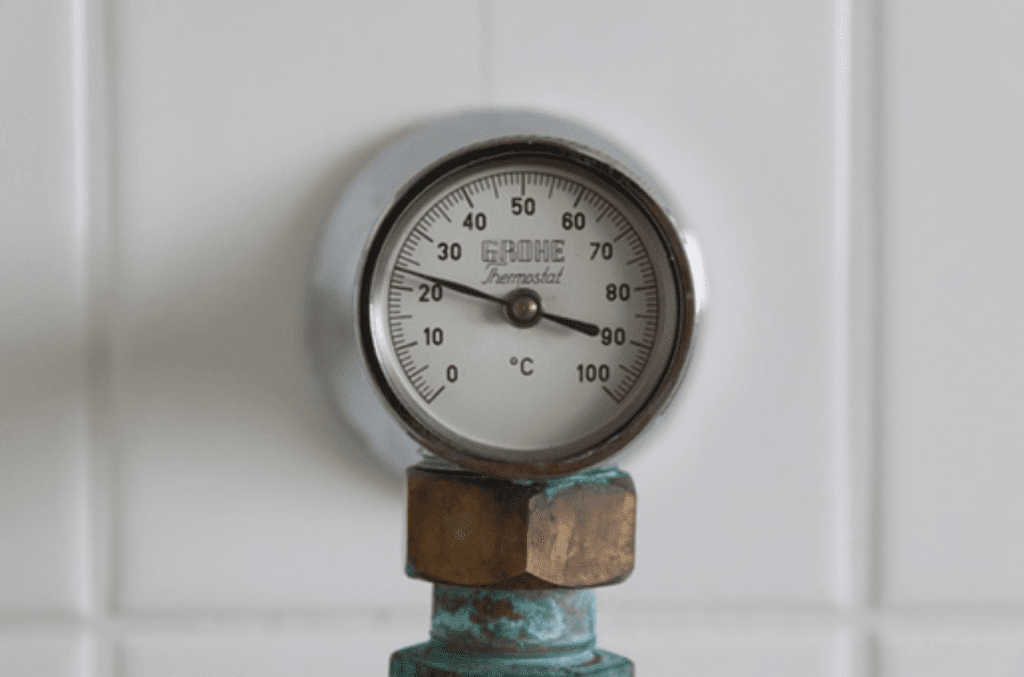
Shipping Frozen Food – Storage and B2B Fulfilment in the UAE
The arid climate and nominal rainfall are two key factors that render most agriculture inhospitable in the UAE. As a result, there’s a substantial level of imports in the current UAE food industry. And not just any imported food, but frozen foods.
Unlike many other food preservation methods, freezing slows down the loss of food quality and extends shelf life. That’s great news for today’s consumers; buyers now prioritize convenience and ready-to-eat options.
There’s plenty left to perfect the logistics of storing and distributing frozen food. Before that, it’s essential to highlight how proper frozen food storage warehouses enhances the cold food supply chain.
The Importance of Proper Frozen Goods Storage
The Impact of Temperature Control
Maintaining the Cold Chain
Frozen foods can refer to perishable, temperature-sensitive goods. Examples are; meat, seafood, and some agricultural produce. A cold chain is the uninterrupted flow of these goods from the manufacturer to the consumer at the required low-temperature state.
So, cold chain management is the intensive and specialized supply chain management of frozen food items. Typical processes involved are transport, storage, order processing, and distribution. Maintaining a smooth cold chain is necessary to:
- Adhere to the licensing and permit requirements of regulatory bodies within the UAE.
- Preserve nutritional integrity and quality of frozen food items.
- Reducing product waste, damage, or losses.
- Utilizing efficient tracking and monitoring systems to reduce shipping costs and delivery times.
Preventing Quality and Safety Issues
Establishing proper temperature-control conditions is critical when shipping frozen food in UAE. This vital step helps to prevent likely food quality and safety issues such as:
- Temperature fluctuations that can lead to the growth of microorganisms on the food items.
- Insufficient temperature control measures in transport facilities that harm product integrity.
- Inadequate insulation and moisture buildup due to wrong packaging or insulation techniques.
- Product spoilage resulting from power outage or electrical failure.
- Food contamination from poor handling.
- Incorrect documentation, poor traceability, or non-compliance with regulatory procedures.
Packaging and Insulation

Suitable Packaging Materials
Shipping frozen food in the UAE requires suitable packaging materials to preserve items at the designated temperature, maintain product quality and safety, and comply with relevant regulations. Examples of helpful packaging materials for frozen food items are:
- Insulated Shipping Containers: Expanded Polystyrene (EPS) or polyurethane foam containers integrate exceptional thermal insulation. In simpler terms, their primary function is maintaining the desired product temperature. This happens because the container material prevents heat transfer from the external environment.
- Vacuum-Sealed Bags: These bags contain frozen food items in individual portions or small quantities. These bags hold goods in an airtight space to reduce the risk of freezer burn and maintain product quality. Typically, the components are durable, vacuum-sealed 7-grade plastic materials and provide a tight seal.
- Moisture-Resistant Packaging: Water or condensation can compromise the quality of packaged meats and other frozen products. For this reason, handling of frozen foods requires moisture-resistant materials, such as laminated films or coated papers, to keep out moisture.
- Strong and Durable Outer Boxes: Outer boxes provide much-needed protection and stability during transit. Strong and durable composite materials enable them to withstand handling and stacking.
Insulation Techniques for Temperature Control
A popular insulation technique when shipping frozen foods is including dry ice and gel packs in the product packaging. Both options can serve as on-the-go refrigerants.
Dry ice is frozen carbon dioxide, with its sublimation process supplying freezing temperatures. It’s perfect for goods that should remain frozen during transit (i.e., steak). Alternatively, gel packs are non-toxic and produce cooling effects ideal for cargo like baked goods.
Confirm any existing shipping restrictions with your chosen courier regardless of the technique. For instance, dry ice can be hazardous since it produces CO2 gas. As a result, a shipper may need to follow particular guidelines with this packing material onboard.
Inventory Management
Efficient Tracking Systems
Efficient tracking of frozen foods in transit is possible by exploiting available technologies like:
- Bluetooth Low Energy (BLE) and Radio Frequency Identification (RFID) – Provide periodic information on containers or individual packages through scans by handheld readers or smartphones.
- Global Positioning System (GPS) – Tracks the real-time location of transport vehicles, which shippers or customers can access via a software application.
Monitoring systems that can increase cold chain efficiency are; temperature indicators/sensors and data loggers. Temperature indicators usually indicate exposure to excessive temperature. Data loggers can record measurements at set intervals for multiple years in various environments.
Rotation and Stock Control

Product rotation and stock control methods are necessary to minimize food waste and maintain optimal inventory levels. Helpful practices include:
- Using the First-In, First-Out (FIFO) principle whereby older stock is used or sold before newer goods to prevent product expiration and consumption of items with shorter shelf lives.
- Date coding and labeling to notify production or packaging dates of frozen foods to identify the oldest stock and support FIFO implementation.
- Regular audits assess inventory levels and identify slow-moving stock to maintain optimal stock levels and avoid overstocking (or stock-outs).
- Minimum stock levels for each frozen product per expected customer demand while avoiding surplus inventory.
- Quality control checks on frozen goods to ensure their integrity and adherence to safety and quality standards. This process includes checking for signs of thawing, freezer burn, or other issues that may impact product quality.
- Collaborating with suppliers and distributors to share sales forecasts, stock levels, and delivery schedules that help align stock replenishment and ensure products are readily available.
Fulfillment Strategies for Shipping Frozen Food
Packaging and Labelling Compliance
Adhering to Local and International Regulations
The UAE is very particular about the product labeling of food items. This protocol reflects in the standard UAE.S GSO 9:2017 “Labeling of Prepackaged Food Stuff”, which identifies the food labeling requirements.
As a national standard, it’s already approved and published as a mandatory technical regulation for food traders.
Precise and Accurate Labeling for Identification
Food labels must be in either Arabic only or Arabic/English. Arabic stickers are accepted, but the original manufacturer’s installed label should indicate the relevant production and expiry dates.
All stickers must undergo approval before use and feature in the label assessment process by UAE authorities. Stickers should appear on imported items before export. Cultural norms and values exist when designing and developing product packaging for UAE food items.
The minimum details that should appear on the Arabic label or sticker are:
- Name of product.
- Food ingredients.
- Country of origin/manufacture/production.
- Storage conditions (if applicable).
- Instructions for use (if applicable).
- Nutritional information (if applicable).
Halal slaughtered animals are the recommended source of animal fats and ingredients. There are prohibitions regarding using pork fat or pork-related products as ingredients. However, they do not apply unless they are retail products with all pork and non-Muslim products in designated restricted (and marked) sections of the retail stores.
Pork and pork-containing products should have labels that comply with the general labeling requirements. Plus, labels must state the presence of pork in the product composition.
Best Practices for Frozen Food Storage and B2B Fulfilment in the UAE
Temperature-Controlled Warehousing
Identifying Specialized Facilities
Features that differentiate frozen goods facilities from regular warehouses include:
- Temperature monitoring and control: To maintain various temperature ranges such as cool (10-15°C), refrigerated (0-10°C), and frozen (up to –5°C).
- Refrigeration systems: Like condensers, compressors, and evaporators, help to maintain the required low-temperature ranges within the facility.
- Insulation: This incorporates specialized materials in warehouse construction to maintain cold internal temperatures by keeping heat outside the building.

- Air circulation and ventilation: Consistent and widely-spread cold air to prevent moisture buildup.
- Alarms and emergency backups: Utilizing power backup systems to prevent compromise on frozen food quality from electrical failures (or interrupted power supply).
Ensuring Adequate Storage Capacities
Innovative storage racking and layout of the warehouse building are fundamental indicators of adequate warehousing in a cold storage facility. Some instances are high-density pallet racks to facilitate direct access to goods or shelves on mobile bases that reduce energy consumption and optimize storage space.
Proper inventory management provides real-time information on warehouse storage and segregation of goods into multiple temperature zones to save space (and money).
Partner up with Al Sharqi for Your Warehousing Solutions
Choosing a shipping partner is vital for UAE food traders, especially importers and exporters of frozen foods. Al Sharqi Shipping is a leading logistics provider for the food trade industry and has a global logistics network spanning multiple continents.
Furthermore, shipping your frozen food in the UAE requires expert handling processes. With that in mind, Al Sharqi Shipping offers high-quality temperature-control storage to help frozen food suppliers manage their goods.
Plus, traders benefit from added transportation and order fulfillment services. Contact Al Sharqi Shipping for warehousing that meets your business needs.
Conclusion
Frozen food items, like meat and seafood, are essential in today’s food industry in the UAE. So, after importation, proper handling and storage measures ensure that these products comply with regulations that guide distribution and consumption.
Ultimately, the main priority in any food supply chain is preserving integrity and quality. Therefore, effective cold chain logistics must include; temperature-controlled transport facilities, well-insulated packaging, compliance with local and global standards, and order processing by competent staff.
Frozen foods outperform the safety records of fresh produce over an extended period. Still, continuous research and emerging freezing technologies will create more efficient storage and fulfillment facilities for shipping temperature-sensitive foods.
Frequently Asked Questions
Common challenges in the UAE include extreme temperatures due to the hot climate, limited logistics in peak seasons, and timely compliance with health and safety regulations. Plus, shipping frozen food requires specialized transport facilities and handling processes.
First, frozen food temperatures should be at or below -18°C. Also, transport vehicles must incorporate measures against electrical failure while in transit, with proper segregation of food items from non-food materials. In the event of electrical failure, proper field testing can.
Frozen foods require approval from the Dubai Municipality (DM). Documentation requirements include a commercial invoice, bill of entry/airway bill, Certificate of Origin, Original Export Health Certificate, and Halal slaughter Certificate.
You must ensure your shipping partner can expertly handle cold chain logistics, operates top-quality storage facilities, complies with food safety regulations, and has a robust global logistics network.
Yes. The UAE has many facilities with refrigeration systems to maintain the low-temperature ranges required to store frozen food items. Many of these facilities fall under the ownership of which also offer warehousing, inventory management, order fulfillment, and product distribution.
Our customer service team is happy to assist you with planing your next booking.

Related Articles
Shipping Frozen Food – Storage and B2B Fulfilment in the UAE
The arid climate and nominal rainfall are two key factors that render most agriculture inhospitable




Post a comment
You must be logged in to post a comment.